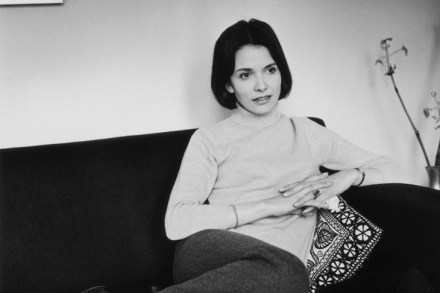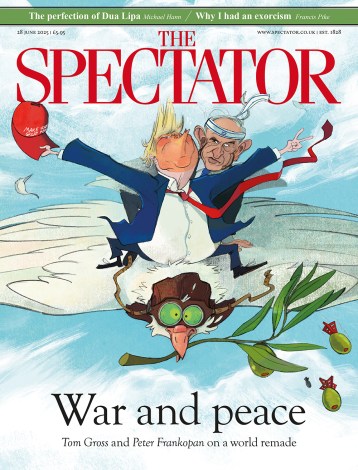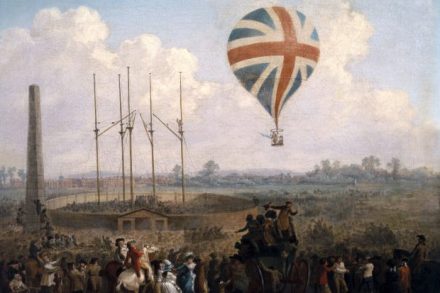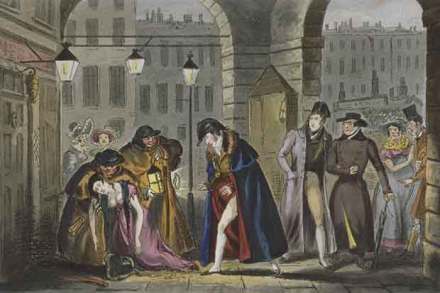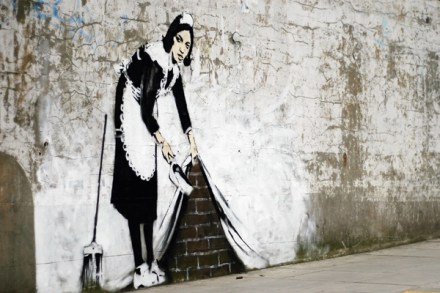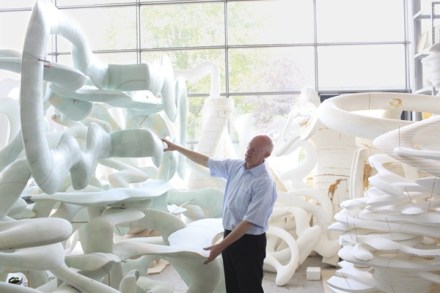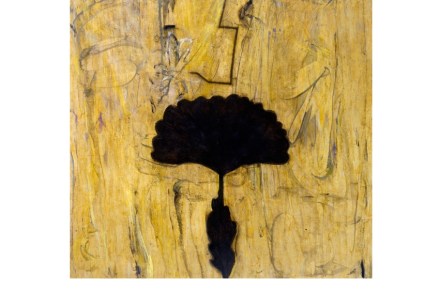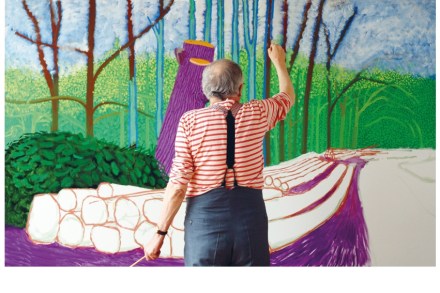The real deal | 20 April 2017
How about this for an inspiring response to what could have been a personal tragedy. Chi-chi Nwanoku was in the sixth form at school, a promising athlete hoping to represent Great Britain as a 100-metre sprinter, when she injured her knee playing football. ‘It was a poignantly painful moment,’ she recalls, but thanks to a far-seeing music teacher and headmaster, and her own inimitable character, the accident was turned into a springboard not just for her but, through her, for many other young musicians too. When she returned to school, she was told, ‘We think you could have a career in music,’ and she was taken into the music room
